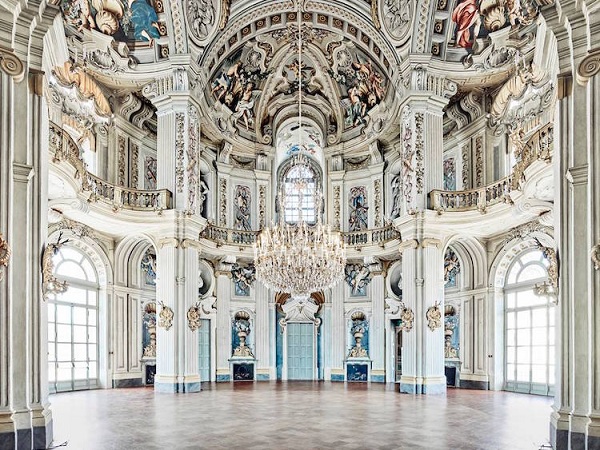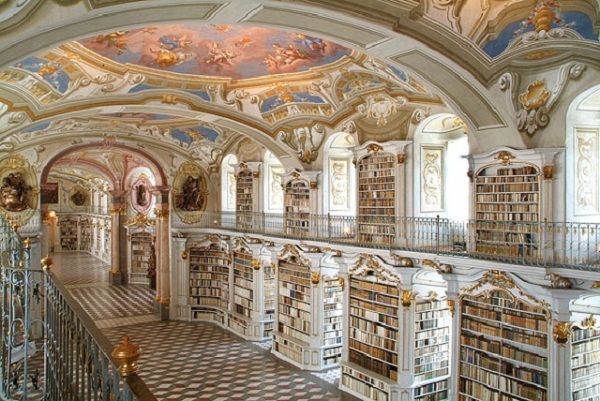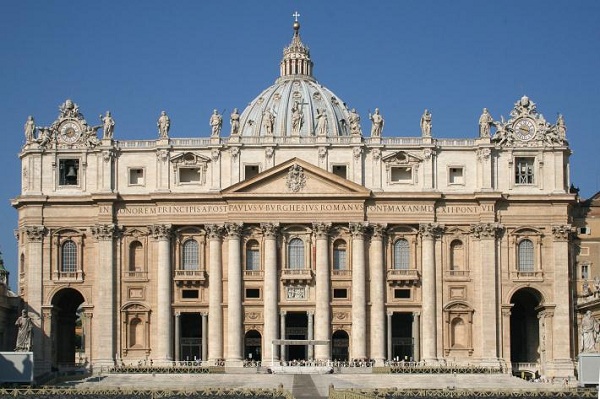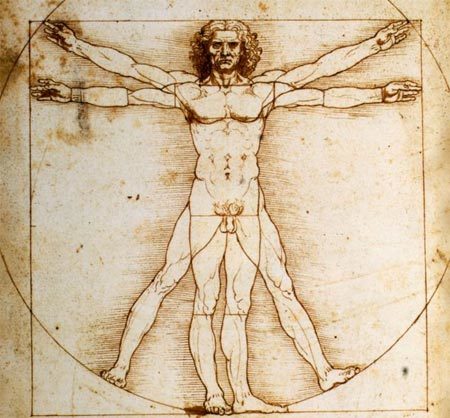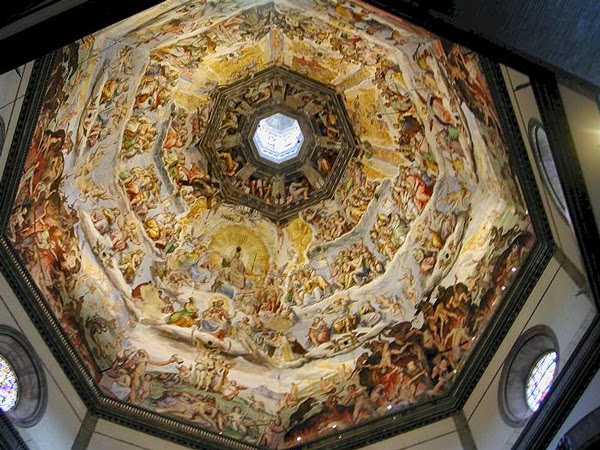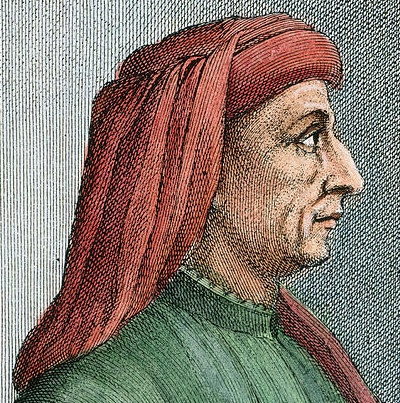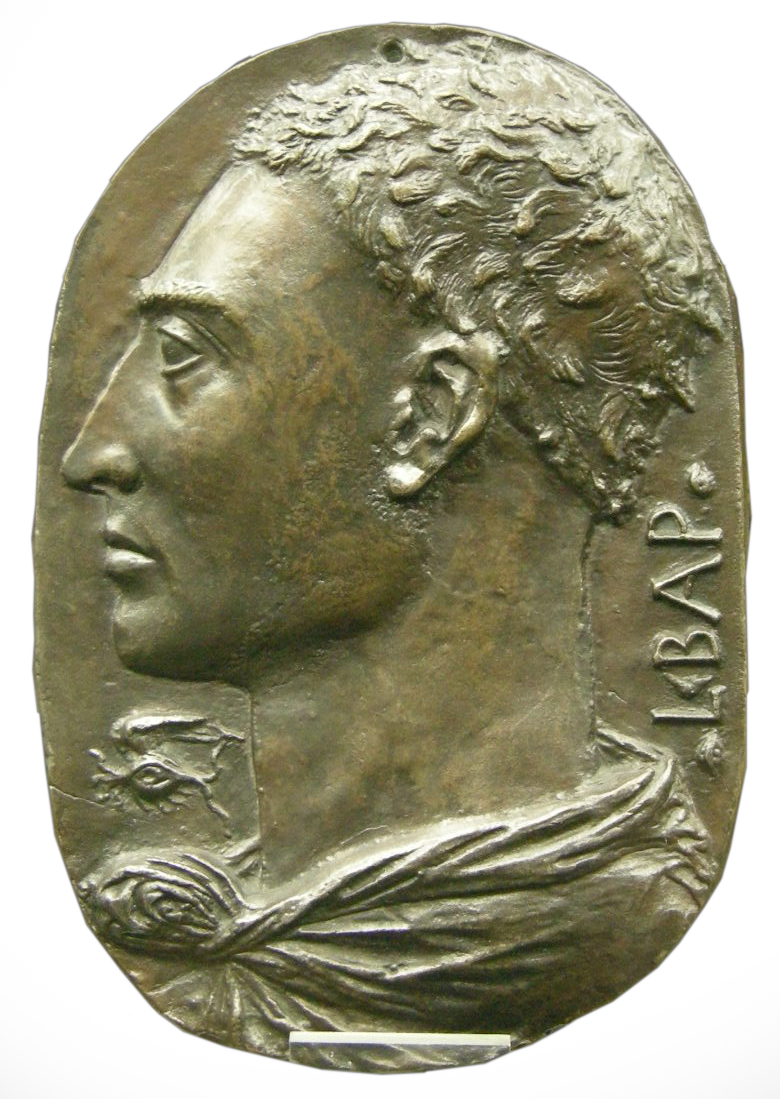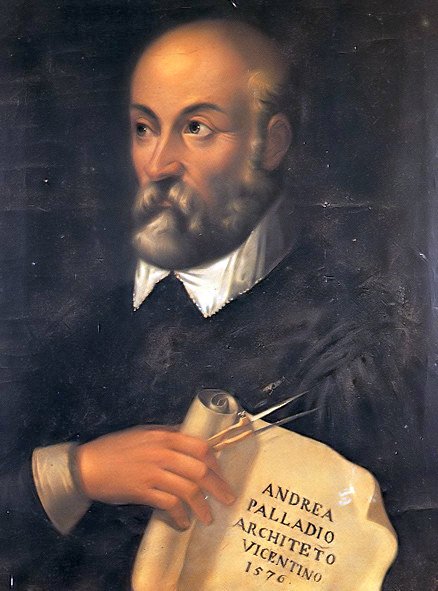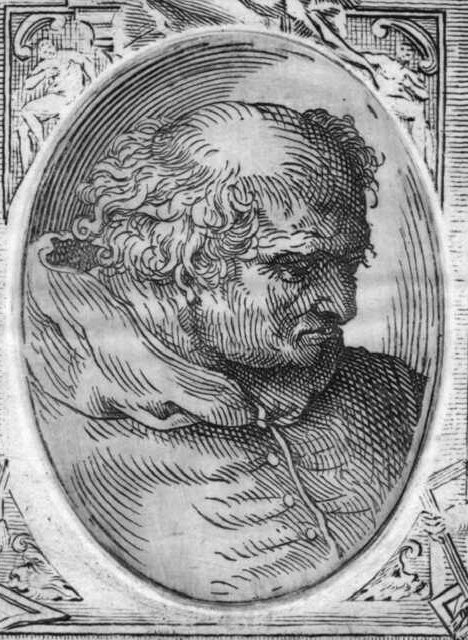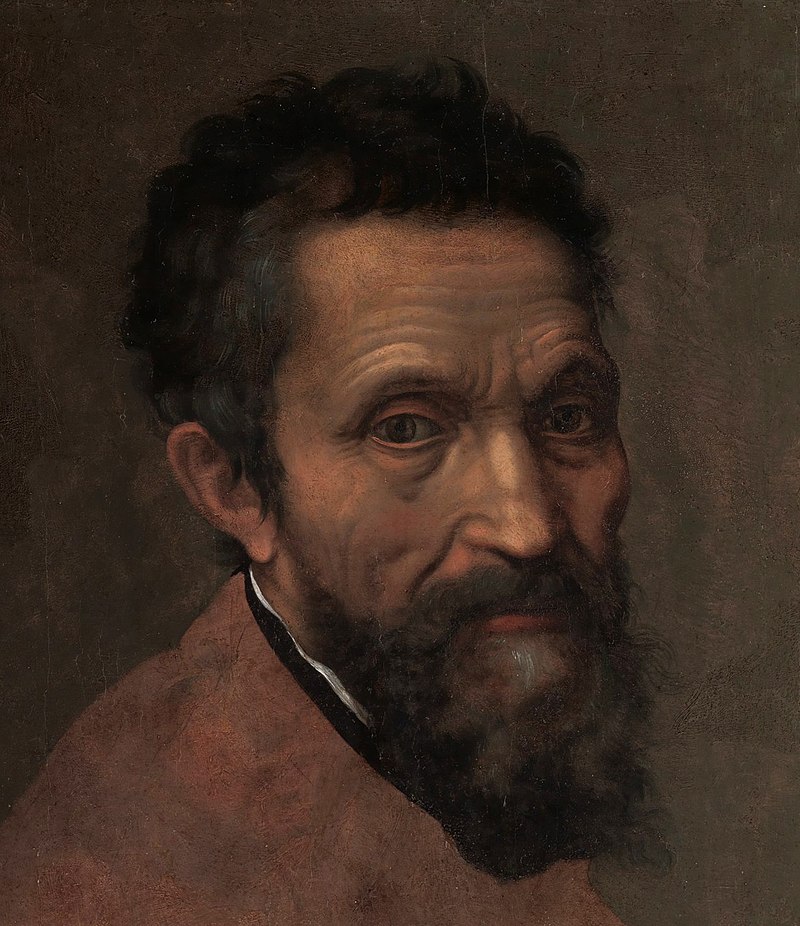Renaissance architecture is the architecture of the period between the 14th and early 17th century in different regions of Europe, which reflect a revival and development of some elements of ancient Greek and Roman thought and conscious material culture.
Renaissance style and architecture in Gothic architecture and succeeded by Baroque architecture. First developed in Florence, with Filippo Brunelleschi being one of its creations, Renaissance style quickly spread to other Italian cities. The styles are transferred to France, Germany, England, Russia and other parts of Europe at different times and with varying degrees of impact.
Renaissance architecture is characterized by religion, especially Christianity. Understanding of human values, honoring the role and position of humans was discovered and thrived during this time. Humans were considered as copies of the image of the gods. Beginning in the 15th century, there were ambitions of human development, human’s harmony and rational to compete with the power of the gods, begins with the discovery of Filippo Brunelleschi and Leone Battista Alberti’s perspective law. Then there was the flourishing of other talents like Leonardo da Vinci, Raphael and especially Michelangelo.
Characteristics of Renaissance architecture
Renaissance architecture started with a boycott of Gothic architecture and a renaissance of ancient Roman architectural heritage. The structure of the work is clear, philosophical, based on classic column systems, adhering to the “classic” principle as “standard”, it scientifically reproduces the standard values of ancient visual art.
Renaissance style emphasizes the symmetry, proportion, geometry and validity of parts as they were expressed in the architecture of ancient times and especially the ancient Roman architecture, including many examples remain. Orderly arrangements of columns, pilasters and support beams, as well as the use of semicircular domes, hemispherical domes and niches to replace systems with complex scales and unusual profiles of medieval buildings. It came from the fact that the human believed in in their power: different from the feudal social architecture that created volatile, unstable, amazing impressions which is due to people did grasp the laws of nature and sent their faith in gods. Renaissance architecture emphasizes human beauty (humanism) and promotes the use of arithmetic and geometry to determine the proportion of buildings. Renaissance architects continued to develop the standard mathematical rates in ancient times that Pythagoras found before: 1: 1, 1: 2, 2: 3, 3: 4, these are the basis rates for creating beauty for space.
The highlight of Renaissance architecture is that it does not use complex shaped elements like medieval buildings but favors basic geometry such as circles and squares. People of this period established proportional drawings of the human body following the limited lines of a circle and a square to prove that the proportion of the human body is the norm.
Among these drawings, the most typical is the Vitruvian Man, according to Leonardo da Vinci’s notes; This is a drawing created by Vitruvius in his third book of architecture (De Architectura) in the “Ten Architectural Books” series. Vitruvisus found a ratio: a human standing upright, arms outstretched with his head, his fingers and feet would touch the circumference of a circle with a central center with the umbilical position. A square limit is also figured out from the ratio of the human body. The distance from the foot to the head when standing upright is also equal to the distance of arm stretching when the hand is at shoulder level; means equal height and width; thus, forming a square.
The system of proportions and values of ancient Roman architecture had a profound effect on Renaissance architecture. As a spreading “new fashion”, architects made a pilgrimage to Rome, to other cities in Italy and elsewhere in Europe where there were traces of ancient Roman architecture to learn and study. However, more than 1,000 years had passed, life had changed, Renaissance architects did not copy the original Roman architecture, but only used some of Vitruvius’s rules, and paid much attention to the requirements of the new era. Therefore, Renaissance architects still created their own personality..
BELOW ARE SOME FAMOUS RENAISSANCE ARCHITECTS
Architect Filippo Brunelleschi
Filippo Brunelleschi (1377-1446) is widely known as the first Renaissance architect. Although Brunelleschi was trained to become a goldsmith in his hometown – Florence, he soon found his interest in architecture, then he went to Rome to learn about ancient architectural works. He also completed the dome of Florence Cathedral (Santa Maria del Fiore, also known as the Duomo). He used classical column systems such as Doric, Ionic and Corinthian in a consistent and suitable manner. Although Brunelleschi construction structure seems simple, it has a balanced foundation system. Brunelleschi often started with a unit of measurement which was proportional and repeated throughout the building to create a unique harmony, such as the Ospedale degli Innocenti (Florence, 1419). This work was calculated and applied cube module, determined the height and distance between columns and the depth of each compartment.
Architect Leon Battista Alberti
Leon Battista Alberti (1404-1472) worked as an architect since 1450, mainly in Florence, Rimini and Mantua. Aside from being a humanities researcher, Alberti was also an architect, composer and painting theorist. He had many treatises, including Della Pittura (in the field of painting), De Sculptura (in the field of sculpture) and De re Aedificatptia (in the field of architecture). His first treatise, Della Pittura, was a basic book, explaining the principles of distant perspective law – this rule was first developed by Brunelleschi. Alberti agreed with Brunelleschi’s respect for Roman architecture, and was inspired by architect Vitruvius, the only Roman architectural theorist whose records are preserved.
Alberti aspired to re-establish the splendor of ancient architecture. The main face of the work Tempio Malatestiano (Rimini, 1450) and the Cathedral of Santa Maria Novella (Florence, 1470) were designed inspired by the front of the temples in Rome. His profound knowledge of classical architecture was also shown in the work of Sant’Andrea Church (Matua, 1470). The pillar used in the building was not only decorative but also maximized its performance. For Alberti, architecture was not merely a means for construction, but it was an art of creating and transmitting messages.
Architect Andrea Palladio
Andrea Palladio (1508-1580) was a famous architect of the Venetian Republic, with influential treatise I Quattro libri dell’architettura (4 books on architecture, 1570, 41.100.126.19). Due to the need to build villas in the 16th century, Palladio focused on specialized housing architecture design, although he had also designed two stunning and impressive churches San Giorgio Maggiore (1565) and Il Redentore (1576) in Venice. The villas of Palladio were usually centralized and designed in the style of Roman country villas. Two typical works of Andrea Palladio were the Emo mansion (Trevisco, 1559) which was built for the working class; and mansion Rotonda (Vicenza, 1566-70) which was built for the aristocracy. Both these works were based on classic ideas of balanced structure, axial symmetry, consistency and clarity. Palladio’s designs emphasized simplicity, which was copied for works in rural England, and later in the southern colonies of the United States.
Architect Danoto Bramante
Danoto Bramante (1444-1514) laid the first foundation for the construction of the Church of Saint Pierre. His church building plan was rewarded in 1505, by the time his talent is blooming. According to Bramante’s policy, architecture must be three-dimensional, not two-dimensional, he paid attention to the shape, not the plane. In Milano he made friends with Leonardo da Vinci, a man who greatly respected the shape. It was Bramante who shaped a orthodox Renaissance style in Rome, helping the Pope show his strong development under the guise of “Urbiet Orbi” (dominate Rome and dominate the World). Bramante had a great ambition to build a commemorative monument for an era, he designed a centralized plan, ensuring a bright, harmonious interior without mystical nuances. Bramante’s style had been shaped through Tempietto in Montorio and some works such as the Vatican grand courtyards; Saint Damat yard and Belvedere yard.
Architect Michelangelo
Michelangelo (1475-1564) was a Renaissance painter, sculptor, architect, poet and engineer of Italy. Although there are few breakthroughs outside the arts, his scholarship in the fields reached a level that made him deserve to be called a Renaissance celebrity, along with his rival and friend, Leonardo da Vinci. Michelangelo’s creative ability in all areas which he participated in his long life was extraordinary; when referring to all existing letters, sketches, and chronicles, he is the artist whose life is most recorded in the 16th century. Two of his most famous works Pietà and David, were made before he turned 30 years old. Although he was not much appreciated in painting, Michelangelo also created two of the most influential works in the category of murals in the history of Western Art: scenes of the God creating the world on the ceiling and the Last judgment on the wall of the altar worshiping the Sistine Chapel in Rome.. As an architect, Michelangelo was a pioneer in the Mannerist style at the Laurentian Library. At the age of 74 he succeeded Antonio da Sangallo Young became the architect of St. Peter’s Church. Michelangelo changed the plan, the western corner was completed according to Michelangelo’s design, the dome was completed after his death with some modifications.

